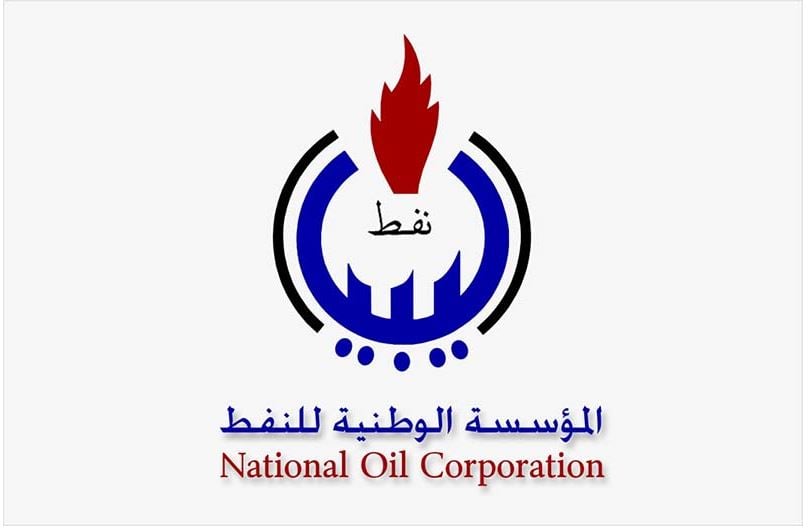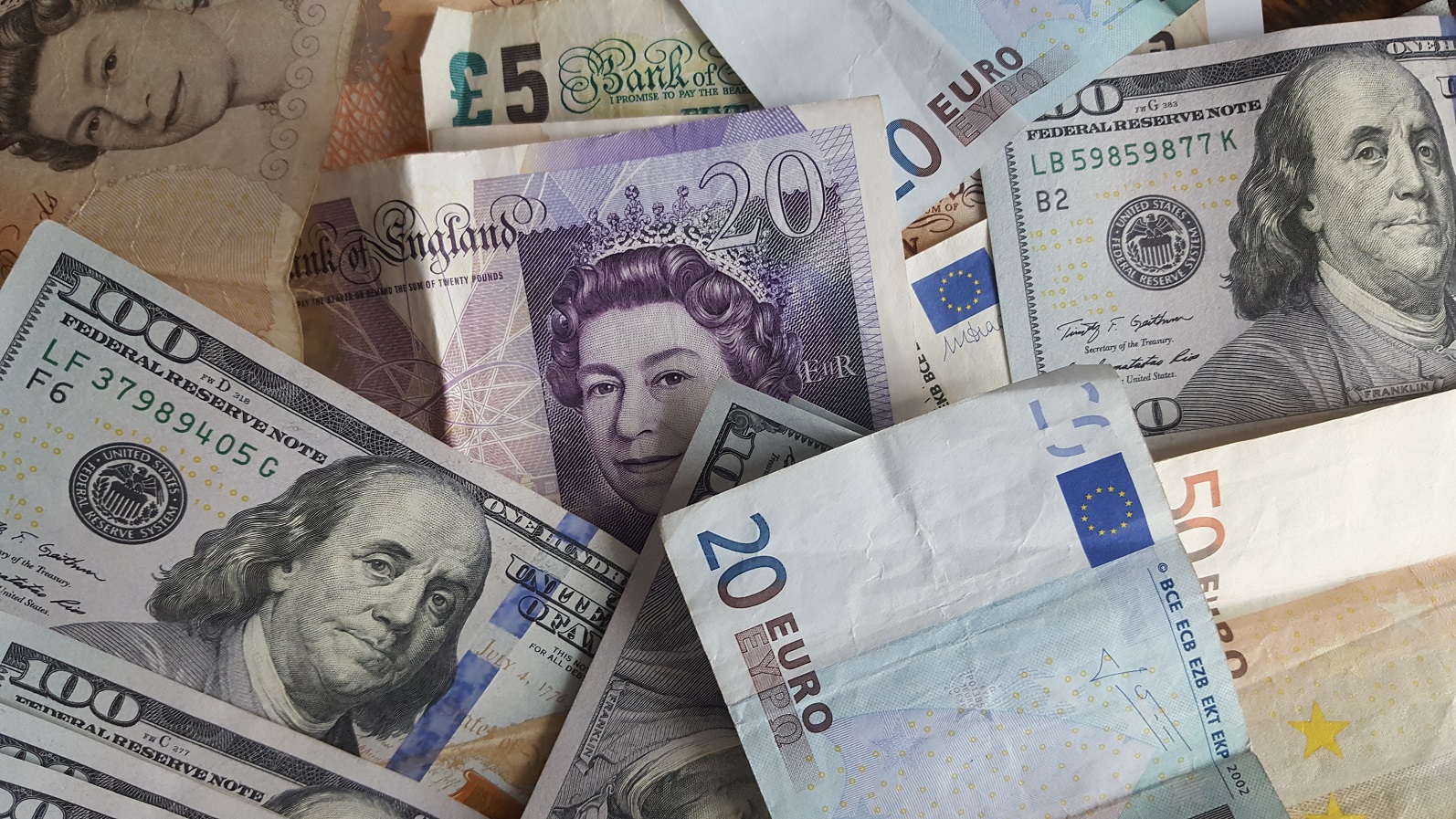By Sami Zaptia.

London, 10 October 2019:
Libya’s oil revenues increased and the state’s total spending was down for the first three quarters of 2019 – despite an ongoing war since April.
Libya’s oil revenues were up by LD 2.952 bn from a projected LD 19.800 bn to LD 22.752 bn from 01/01/2019 to 30/09/2019, the Tripoli Central Bank of Libya revealed yesterday in its latest financial bulletin.
Hydrocarbon revenues still constitute the primary source of the Libyan state’s revenues at 93 percent of total state revenues.
State revenues from taxes, customs duties, telecommunications, CBL profits, sales of domestic fuels and other revenues were all down on projections. The total oil and non-oil revenues were up by LD 1.324 bn from a projected LD 23.251 bn to LD 24.575 bn.
The revenues from the levy on the sale of foreign currency was up by LD 5.092 bn from a projected LD 11.850 bn to LD 16.942 bn.
In terms of spending, total state disbursements were down by LD 5.835 bn from a forecast LD 35.101 bn to LD 29.266 bn.
Disbursements on state-sector salaries were down by LD 3.159 bn from LD 19,042 bn to LD 15.883 bn. Although this could be skewed by the fact that these figures did not include the late arriving state-sector salaries’ figures for September.
State-sector salaries are the biggest outgoing of the state budget, making up 54 percent of the state’s total outgoings. Spending on running costs was also down by LD 1.439 bn from a projected LD 7.246 bn to LD 5.807 bn.
Sadly, spending on development projects was also down, by LD 1.492 bn from a projected LD 3.750 bn to LD 2.258 bn. And equally as disappointing was that spending on subsidies was up by LD 225 million from a projected LD 5.063 bn to LD 5.318 bn.




